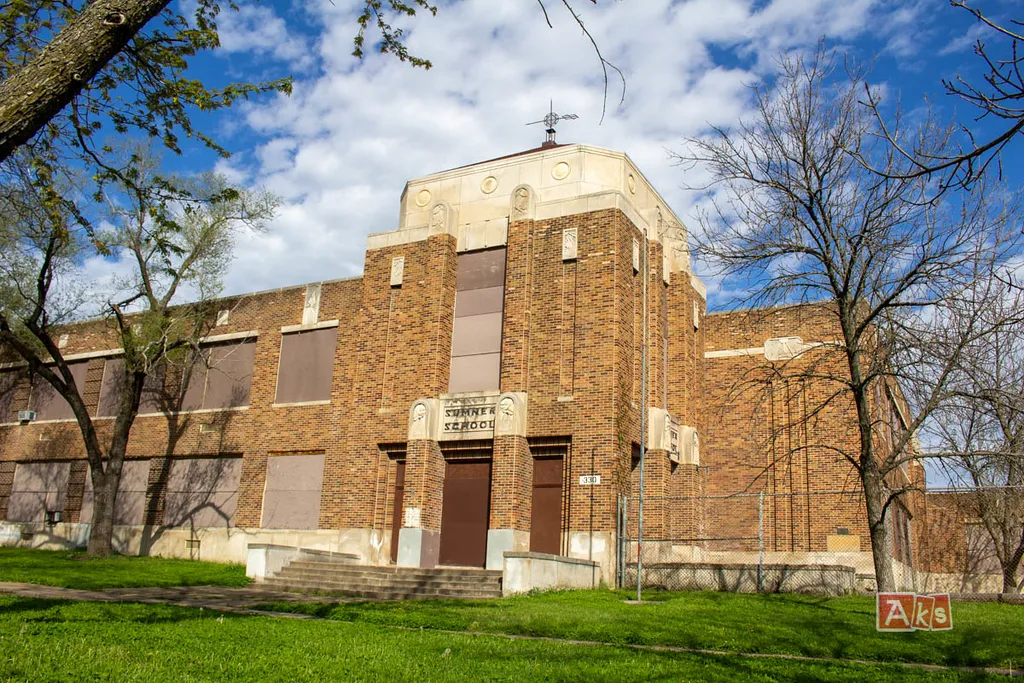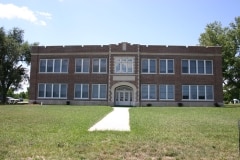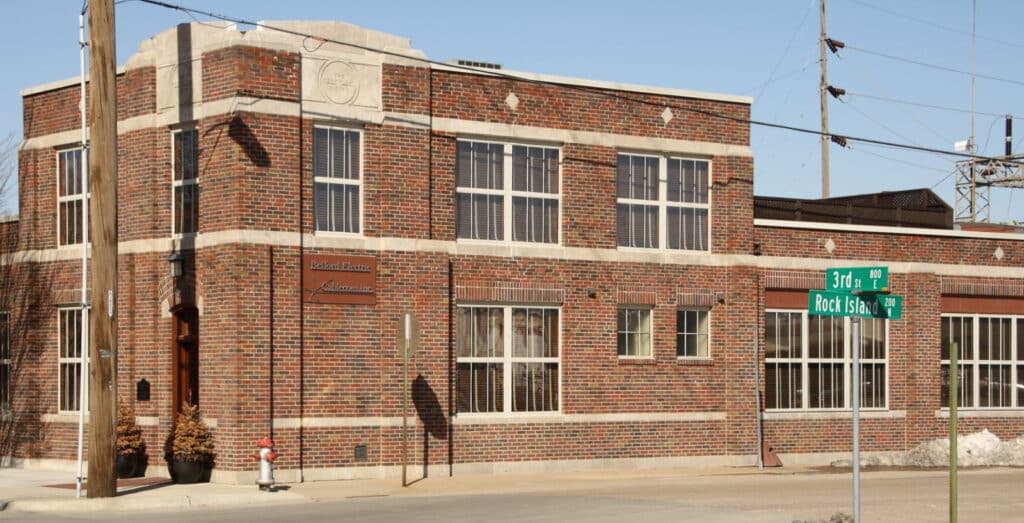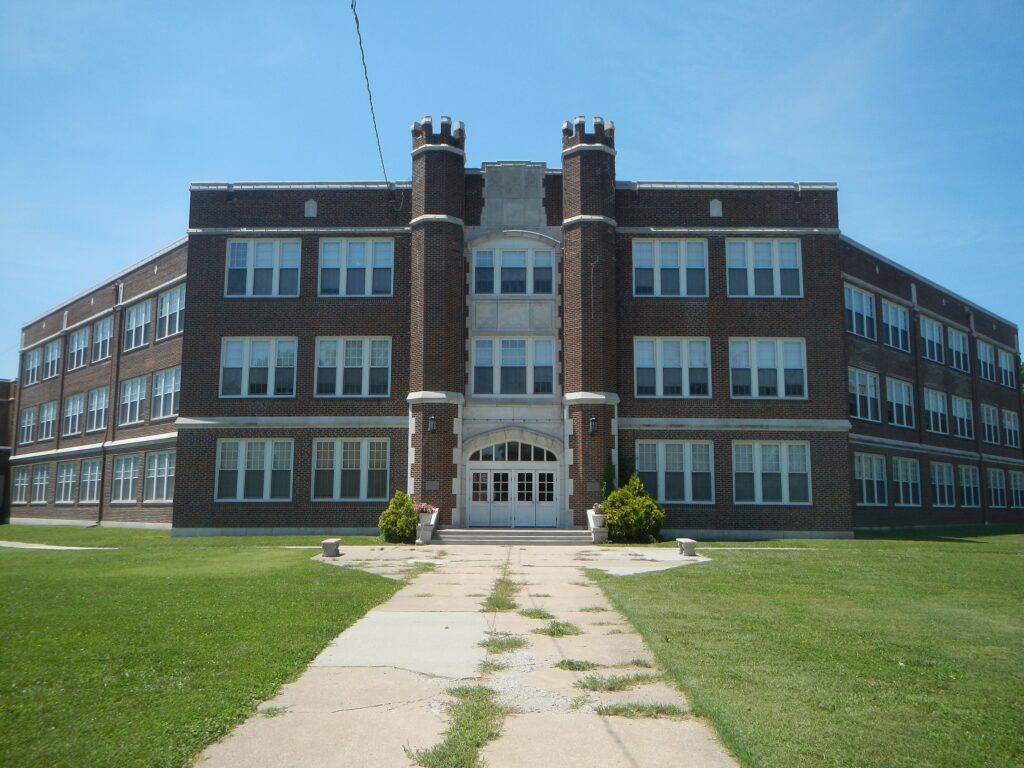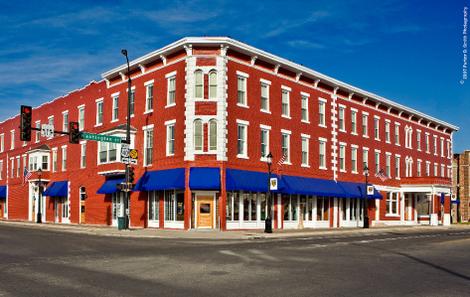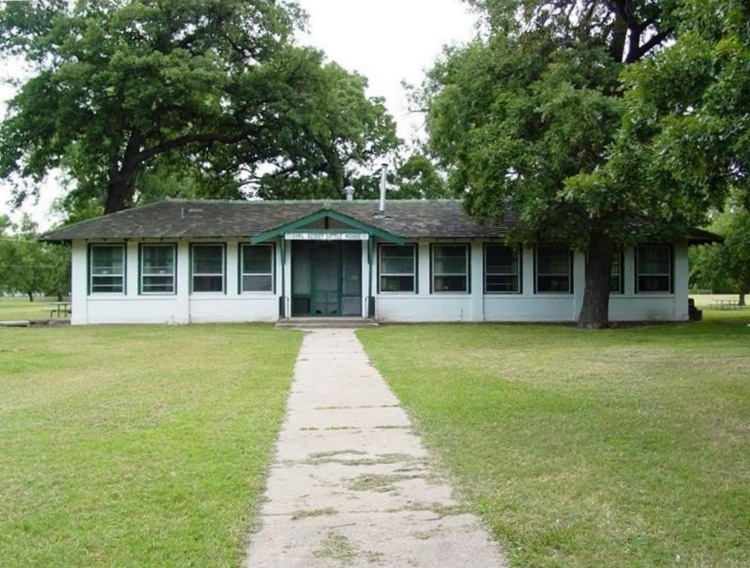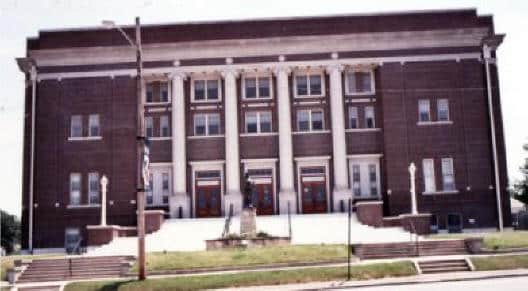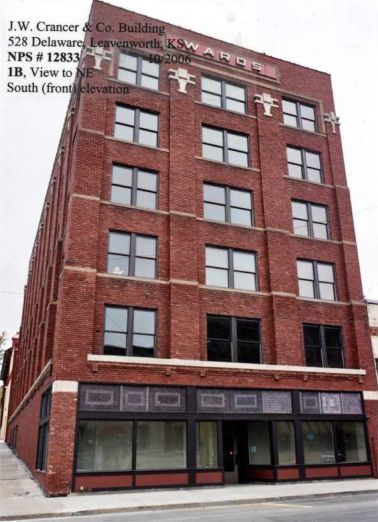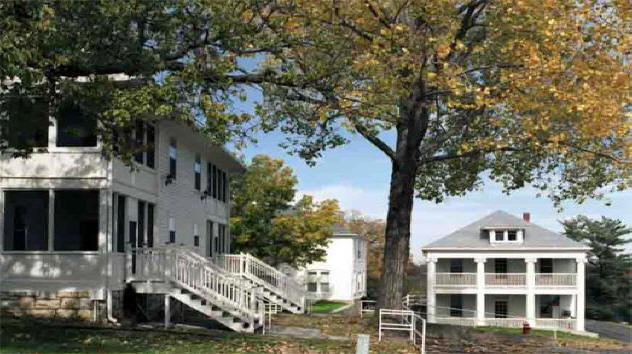Historic Designation: National Register of Historic Places
Mahaska Housing Partnership, LP, owner; Steve Foutch, Gastinger Walker Harden Architects. Designed in the Collegiate Gothic Revival style opening in 1926 and closing ca. 1955. Built during the Progressive Movement of school building (1910s-1930s) in the northwestern corner of Washington County, near the center of a local agricultural trade center on the former Chicago, Rock …
Read More »
John Belford, Waterman Properties, LLC, owner; Wilson, Darnell, Mann Architects. The 1929 building represents the early twentieth-century Commercial Style, featuring simple lines and an emphasis on fire-resistance with fire-proof materials such as reinforced concrete, brick and steel. “Keep Klean” is inscribed in the limestone above the main entrance of the building, a towel and linen …
Read More »
5th & Main Housing, LP, owner. Steve Foutch, Gastinger Walker Harden Architects. The High School building was constructed in 1917, reflecting the 20th century Collegiate Gothic motif. The 1927 junior high was constructed north of the high school, also of brick to compliment the 1917 school. The rehabilitation caps over ten years of effort by …
Read More »
Homestead Affordable Housing, owner. Now Bartell Place Senior Residences, the rehabilitation of the Bartell House was a long effort by many preservationists and other interested groups in Junction City.
Memorial Hall is an excellent example of the memorial hall property type constructed in communities throughout America during the 1920s. It commemorates the casualties of World War I and provides a location for civic gatherings. The Classical Revival design utilized architectural motifs, elements and materials popular throughout the country during the 1920s for public buildings, …
Read More »
The six-story 1908 warehouse was built for the Crancer Hardware Company. They were at one time the largest supplier of tin fabrications and tools west of the Mississippi. From the 1940s to 1971 the building operated as a Montgomery Wards. All historic materials and interior configuration of the building were retained in the rehabilitation. Mechanicals, …
Read More »
The buildings that comprise the Eisenhower Ridge project were originally built as part of a planned community for disabled soldiers from the Civil War. The campus in Leavenworth was started in 1885 and by 1890 there were 40 buildings. In 1930 the National Home for Disabled Volunteer Soldiers was incorporated into the newly created Veterans …
Read More »
Copyright © 2022- - Abandoned Atlas Foundation - board@abandonedatlas.com | Designed By Prairie Nation Creative, LLC - Disclaimer

